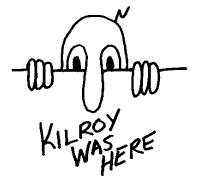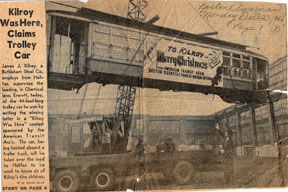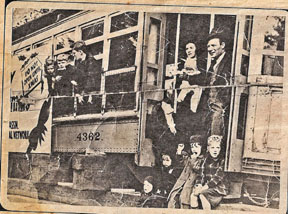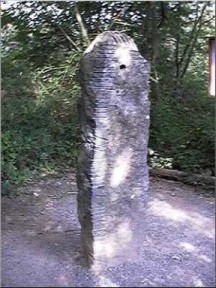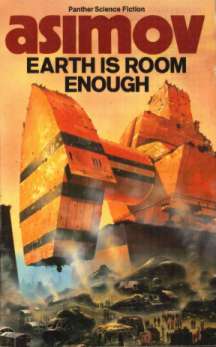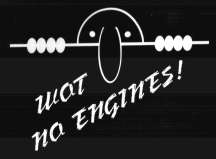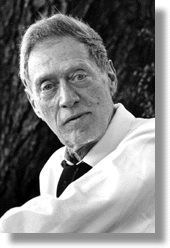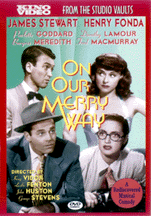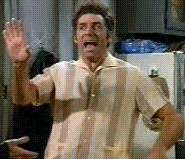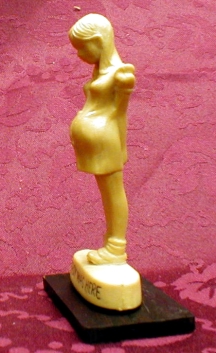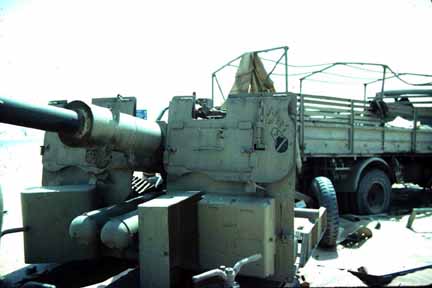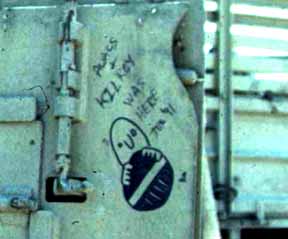Legend
#7 Thanks to Makio Mukai, M.D. Kilroy, a young inspector of riveting at a shipyard
in Boston, was going to depart for Europe as a soldier because World War
II broke out. One week before his departure from a port in Boston for
Europe by warship, Kilroy met up with a young woman at a small restaurant
near the port. Her name was Rosie, who came from California to visit her
relatives in Boston. Kilroy and Rosie soon fell in love with each other.
They met at the restaurant every day, and sat at a regular table in a
corner.
They both were Irish Americans, as supposed from their names. When Ireland,
their ancestral place, was talked about, Kilroy said, "Ireland is
widely known for fairy folk tales, isn't it?""Yes, I heard so.""My
grandpa frequently talked about fairies in Ireland in my childhood. Whenever
he talked, he drew an interesting illustration of a fairy." Saying
so, Kilroy began todraw the illustration of a fairy looking over a |
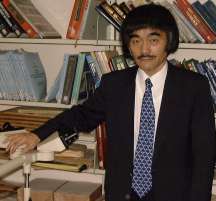
Makio Mukai, M.D
"Some people usually say that I look like a terrorist, not a doctor..."
Editor's note: Question to the Vets who fought in the South Pacific
- If you had met Makio coming at you with a sword or bayonet fixed,
could you have guessed that he had such a good sense of humor?
|
|
fence
or wall, which has been taught by his grandpa, on his pocketbook. Looking
at the fairy, Rosie said, "Oh, what a cute jocular fairy! I love
it! "
They
promised to meet at the restaurant on the evening of the day before
Kilroy's departure. The night Kilroy was going to propose to Rosie.
He was waiting for her at the regular table in the corner of the restaurant.
Rosie did not come. Kilroy in grief asked the restaurant owner for permission
for one thing, and the owner, who well knew the circumstances, agreed
with good grace. Kilroy took out a rivet, his good-luck charm, from
his pocket and engraved with it on the table, "Kilroy was here."
Above the notation, an illustration of the cute jocular fairy was also
carved.
A number of soldiers poured
in Boston in order to depart for Europe. The restaurant was also flourishing
with them. They were amused at the notation and the illustration carved
on the table in the corner.
In fact, she had been hastily
going to the restaurant on the evening Kilroy was there, but on her
way, she was involved in a traffic accident. She had been admitted to
a hospital. About a month after Kilroy departed for Europe, Rosie came
to the restaurant. Rosie looked at the notation and the illustration
engraved on the table. She tearfully handed a memo to the owner, asking,
"Please give Kilroy this memo if he comes back from Europe."
The memo included her address in California.
Kilroy survived the war,
returned to Boston from the battle line in Europe, and visited the restaurant.
After reading the memo, Kilroy went in a hurry to Richmond in California,
and found Rosie who was a riveter in a shipyard there. Kilroy proposed
marriage to Rosie.
Rumor has it that they are
still living happily among many grandchildren at a small town in a nook
of the U.S.
Note: 1. During World War
II, a big campaign designed to make an appeal for female workers was
conducted in the U.S. The most famous poster used for this campaign
was a picture of Rosie, a female riveter, which was drawn with the slogan,
"We Can Do It!" Thus, the expression "Rosie the riveter"
has become a synonym for the women who worked in place of men during
World War II. Some assert that the name "Rosie" was derived
from the model of the picture, Rose Will Monroe, a riveter in Michigan.
Strictly, however, Rosie of "Rosie the riveter" is an imaginary
character. At present, there is "ROSIE THE RIVETER MEMORIAL"
in Richmond, California, where many women served in shipyards during
World War II.
Note: 2. Many women
as "Rosie the riveter" might have made the ships at Richmond
in California for battles against Japan. However, more than half a century
have passed since then. We the people of Japan pay respect to the women's
patriotic spirit.
Sincerely,
Makio Mukai, M.D.

|
